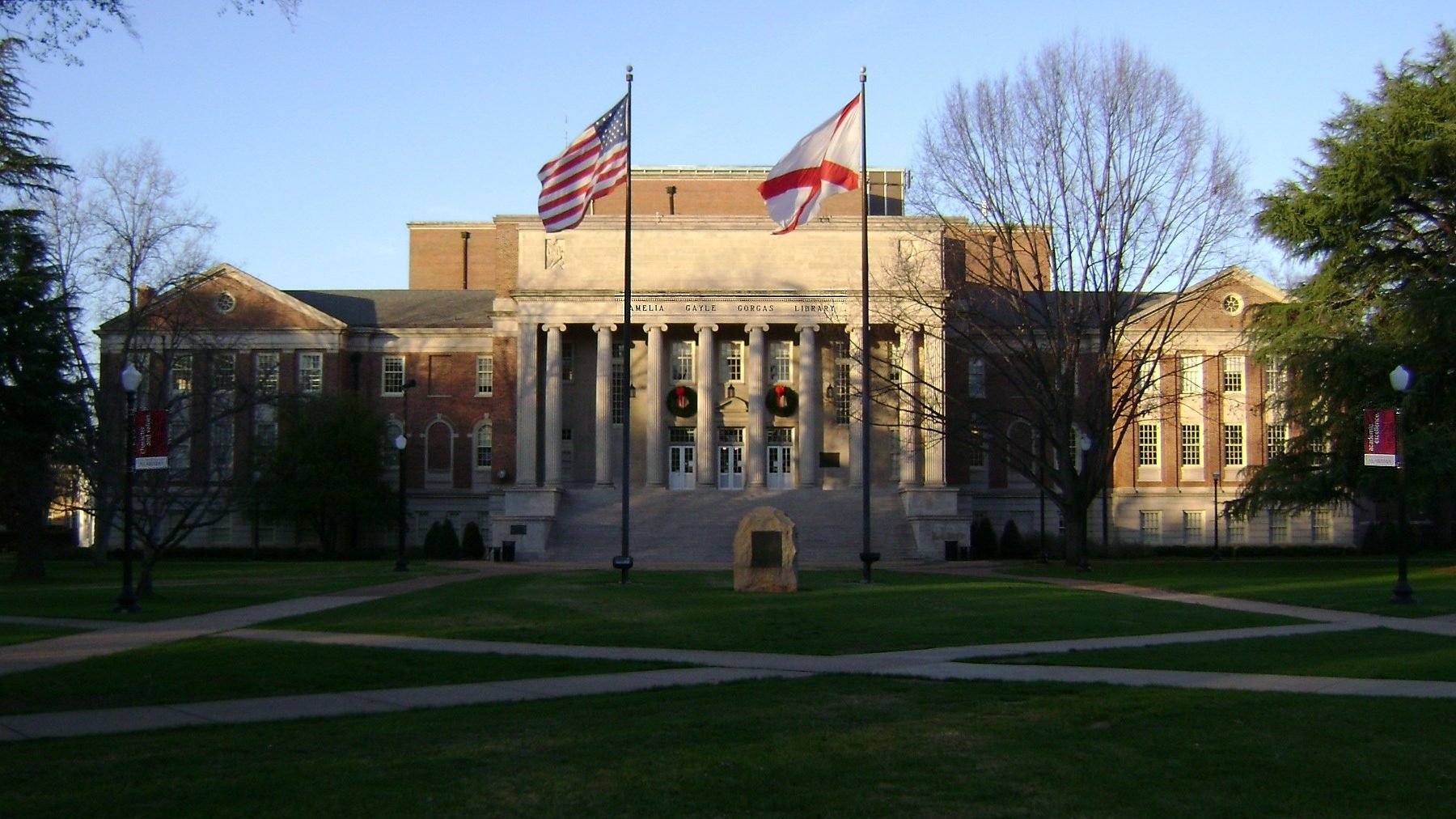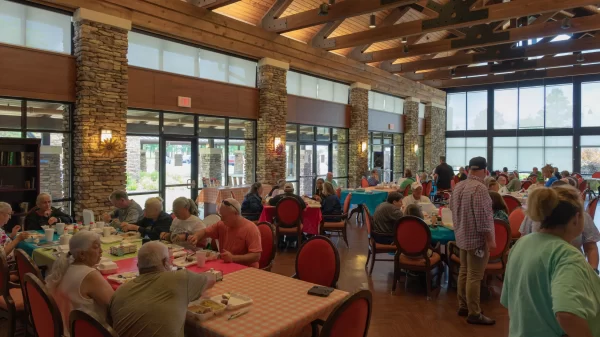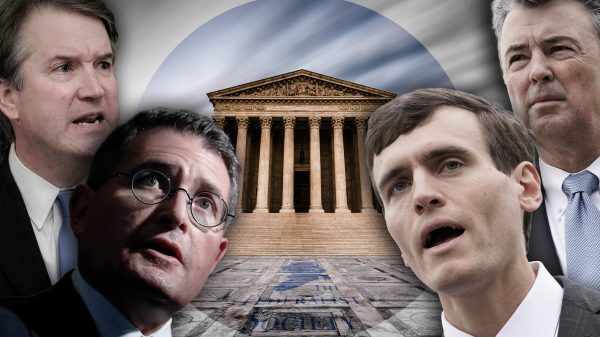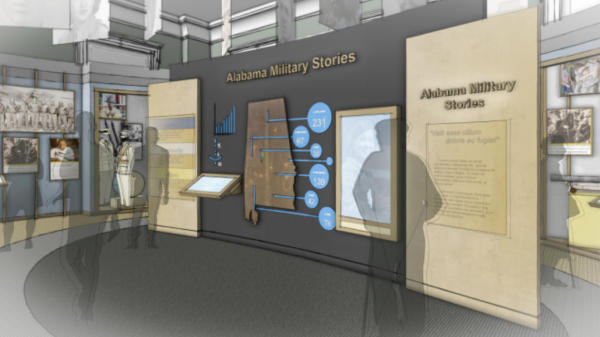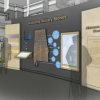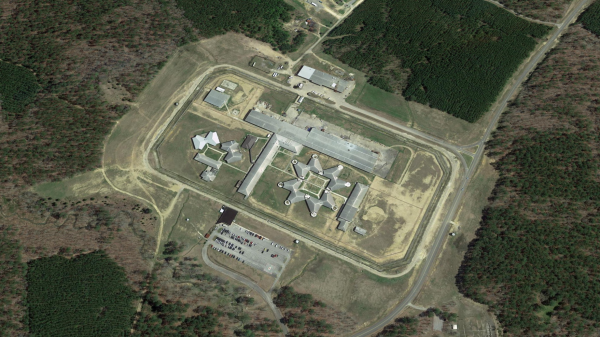|
Getting your Trinity Audio player ready...
|
At my age, I don’t expect to be learning about a crime spree that stretches over two centuries or so. Yet here I am, just learning about what Alabama and the United States has done – and continues to do – to the Indigenous people by illegally retaining the remains of some of their dead in defiance of a 1990 federal law.
That’s right. Entities inside and outside of Alabama are dramatically out of compliance with the Native American Graves Protection and Repatriation Act. This act requires specific care of any Indigenous remains or artifacts found after Nov. 19, 1990.
It also requires that any non-Indigenous entities in possession of Native remains and artifacts should make arrangements to repatriate them to the appropriate tribe. According to the non-profit news website ProPublica, Alabama institutions have over 4,000 Indigenous remains in their possession.
Just to compare, ProPublica reports that Harvard University has more than 6,000. The University of California at Berkeley has more than 9,000.
Nearly 3,000 remains are in museums operated by the University of Alabama. The rest are scattered between a few organizations, including Auburn University, the Alabama Department of Archives & History, Jacksonville State University, the Alabama Department of Transportation, the University of South Alabama, and the Anniston Museum of Natural History .
“We never ceded or relinquished our dead,” James Riding In, a member of the Pawnee tribe and former Arizona State University professor, told ProPublica. “They were stolen.”
Exactly. Just like the land of the Indigenous people. Just like their culture and lives. Stolen by a thieving U.S. Government, its agents, and enablers. Many of whom were complicit in the enslavement of Africans and the Jim Crow subjugation of their descendants.
Some who continue to retain stolen remains are hiding behind provisions in the 1990 law regarding “culturally unidentifiable human remains” or questions about “cultural affiliation.” So they think they get a pass because the remains can’t be linked to a specific tribe or a tribe requesting the remains can’t prove its link to the remains. But there’s a problem with the logic of these institutions.
The remains still are not theirs. And the connection of the remains to Indigenous people doesn’t seem to be in question. Therefore, regardless of their ability to identify the remains or verify a tribe’s connection to the remains, these museums, institutions and governmental agencies are still in possession of sacred stolen property.
Which means they are still in violation of the law.
Some claim to be trying to rectify the problem. I hope they truly are. Because if they aren’t – if they are continuing to profit academically, financially and scientifically – from the stolen remains of Indigenous people … well, as the R&B prophet Curtis Mayfield once sang, if there’s a Hell below, they all are going to go.
Hasn’t Alabama and the U.S. government done enough to the Native people?
Stolen their land. Committed acts of genocide against them. Forced them to relocate hundreds or thousands of miles from their ancestral homes. Ghettoized them on reservations. Treated them like second class citizens on the continent of their ancestors.
Can’t they be given back the stolen remains of their people? So they can be laid to rest in peace?
When NAGPRA was passed over 30 years ago, it was estimated that all remains and artifacts could be repatriated to the Indigenous people in 10 years. Perhaps it’s because Congress never funded the law that it may still be several more decades before that happens.
It’s strange to me that so many seem comfortable being the unlawful owners of stolen remains. I was taught to respect the dead. To respect their memory. To avoid speaking ill of them.
And nobody – nobody – ever had to tell me how wrong it would be to rob the final resting place of any human. Especially not the grave of a descendant of the first people to walk this land.




































